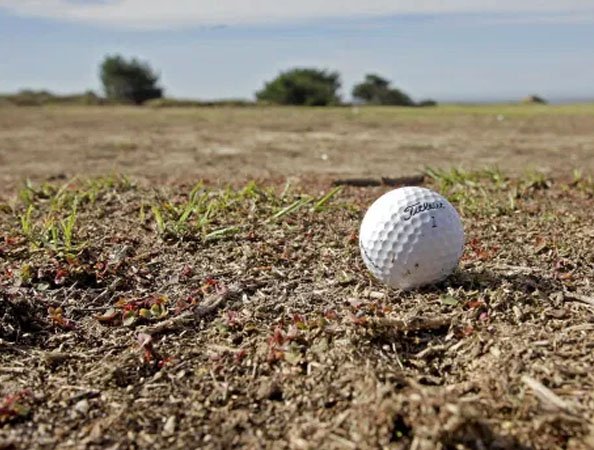Four years after what many called the state's worst drought in modern history, California appears to be headed into another dry spell.
Snowpack in the Sierra Nevada, which provides 30 percent of the state's freshwater supply each year, was down by an overall average of 41 percent, and reservoirs statewide are at just 50 percent of their holding capacity, according to the California Department of Water Resources.
 Snowpack and rainfall levels vary across the state. At Phillips Station, snowpack recently was measured at 83 percent of the historic average, but was much lower at other stations. Overall, snowpack in the Sierras statewide was at just 59 percent of average.
Snowpack and rainfall levels vary across the state. At Phillips Station, snowpack recently was measured at 83 percent of the historic average, but was much lower at other stations. Overall, snowpack in the Sierras statewide was at just 59 percent of average.
Snowpack in the Northern and Central Sierra was at 70 percent of average on April 1, but rainfall is below 50 percent of average, making this year the third driest year on record. Snow water equivalents, a measure of how much water is contained in the snowpack, was 53 percent and 54 percent in the northern and central Sierra, respectively, but only 31 percent in the range's southern tier.
California's State Water Project is a complex system of 700 miles of canals, aqueducts and pipelines that delivers water from 22 reservoirs across to 25 million users from San Francisco to Los Angeles and accounts for 70 percent of the state's freshwater supply. The severity of California's water issues is illustrated by Lake Oroville, the state's largest reservoir. Located on the Feather River 80 miles north of Sacramento, Lake Oroville is at just 53 percent of its overall holding capacity.
The San Francisco Chronicle recently ran a series of before-and-after images taken in 2017 and again in 2021 to illustrate the severity of the situation.
"There is no doubt California is in a critically dry year," Karla Nemeth, Department of Water Resources director, said in a news release.
By February 17, water officials in Marin County north of San Francisco had seen enough to officially declare the early stages of a drought. The Marin County Water District has since asked users to voluntarily conserve water.
"Last year was the second-driest year in 90 years, which has critically impacted our reservoir levels," Marin Water Board President Cynthia Koehler said in a released statement. "While we hope for more rain in the coming weeks, it's important that we reach out to the community now before we get to drier weather in the summer. Water use efficiency is our most cost-effective source of supply, and we have a terrific conservation team at Marin Water and a range of programs and incentives to support consumers in conserving water, not just this year but for the long term."
California's last drought from 2011 to 2017 was described as the state's most severe on record.
That event resulted in mandated water-use reductions of 25 percent by then-Gov. Jerry Brown. Meeting those restrictions was a complex matter for many golf course superintendents who already had cut water use before the mandates were implemented. The order by the governor required users to cut from their current use, which for many superintendents ended up being much more than 25 percent.


